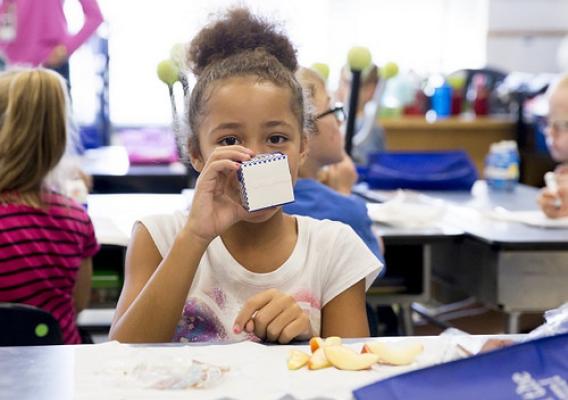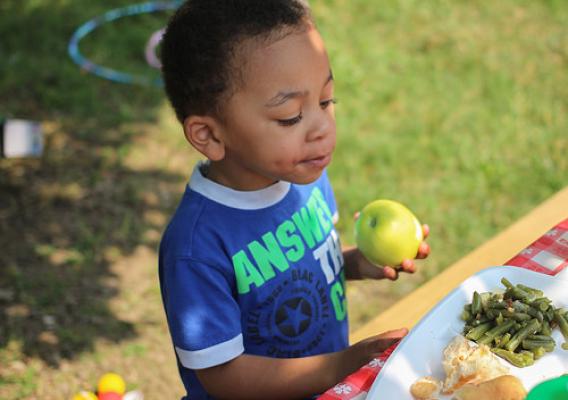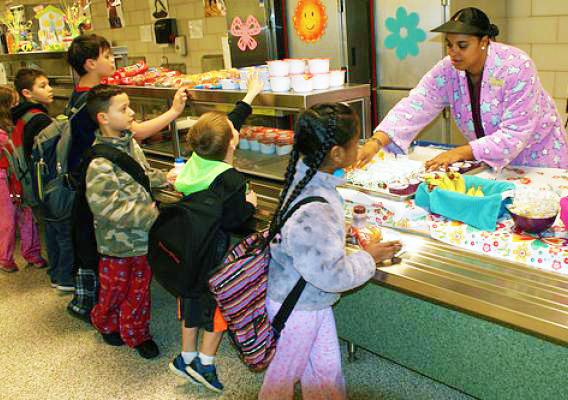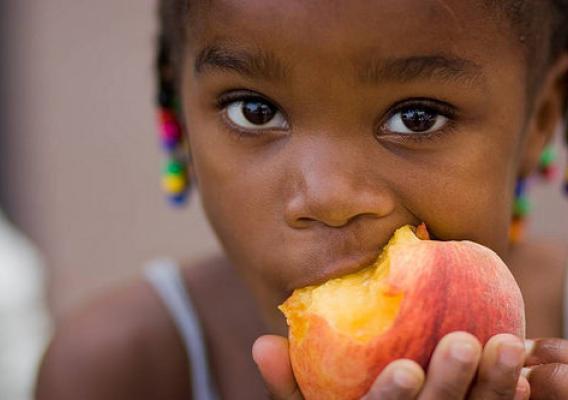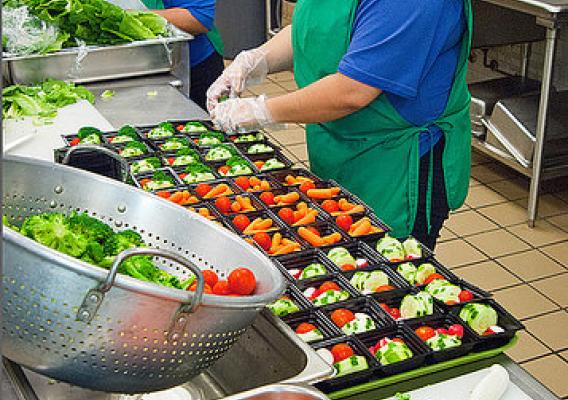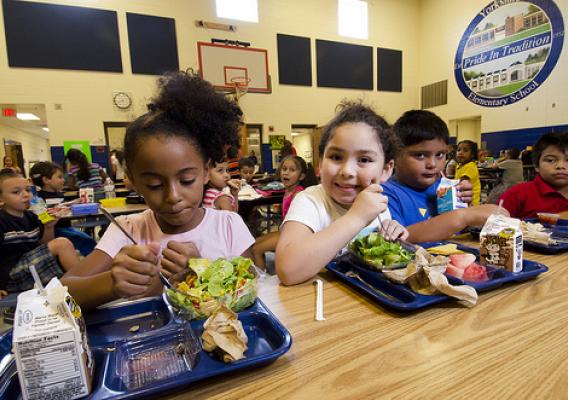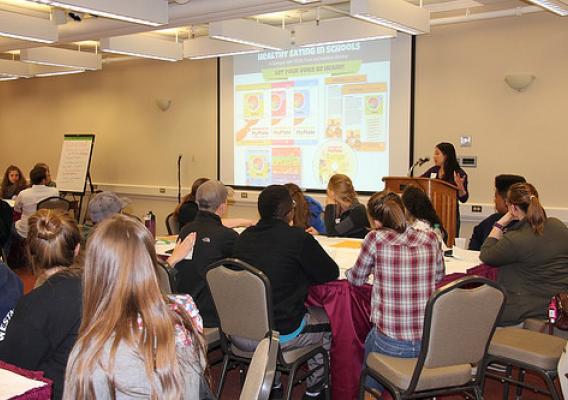Cross-posted from the Food Research and Action Center blog:
Last week, children from more than a dozen schools and child care centers across the nation joined First Lady Michelle Obama for her final harvest of the White House garden. This event was more than just photo ops and shaking hands; kids got their hands dirty, harvesting the produce they later used to prepare a healthy meal. This was a neat experience for the students who participated, but it was also representative of the types of activities students are participating in all around the country. School gardens, nutritious snacks, farm to lunch tray meals, and nutrition education are all part of the healthier school environments students are experiencing each and every day.
Today kicks off National School Lunch Week 2016 and continues our month-long observance of Farm to School Month, and this year, there’s a lot to celebrate. More than 50 million children around the country attend schools that participate in USDA’s National School Lunch and School Breakfast Programs. Not only are their meals full of nutritious foods – with 99 percent of schools nationwide reporting that they are successfully meeting the updated nutrition standards – their entire learning environment fosters healthy habits now and throughout the rest of their lives. The Smart Snacks Final Rule aligned the standards for snacks offered to students during the school day with the nutrition standards that apply to lunch and breakfast. In addition, the recently published Local School Wellness Policy Final Rule ensures that any food and beverage marketing kids are exposed to during the school day must adhere to the Smart Snacks standards, sending a consistent, positive message to students about the importance of healthy eating.

